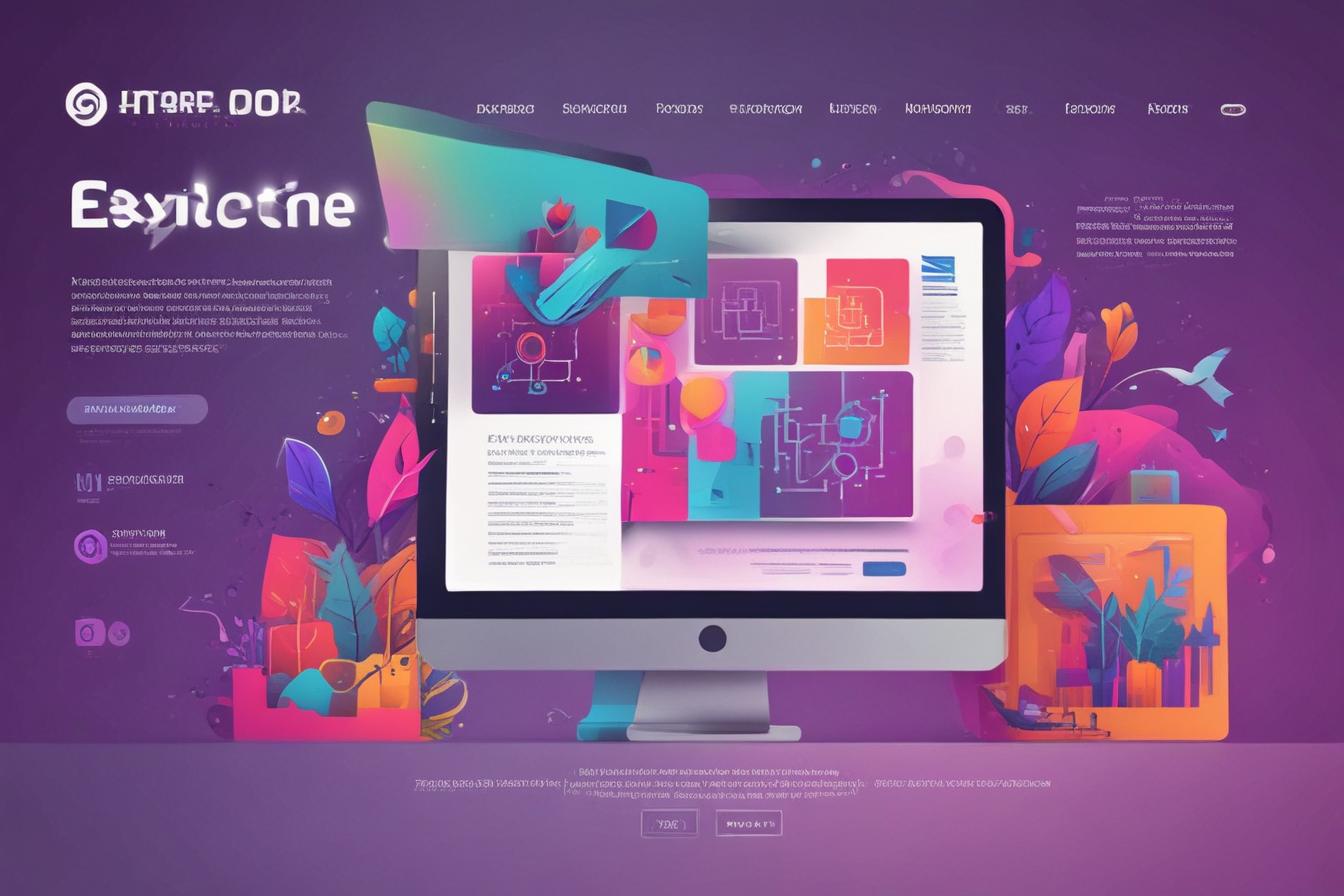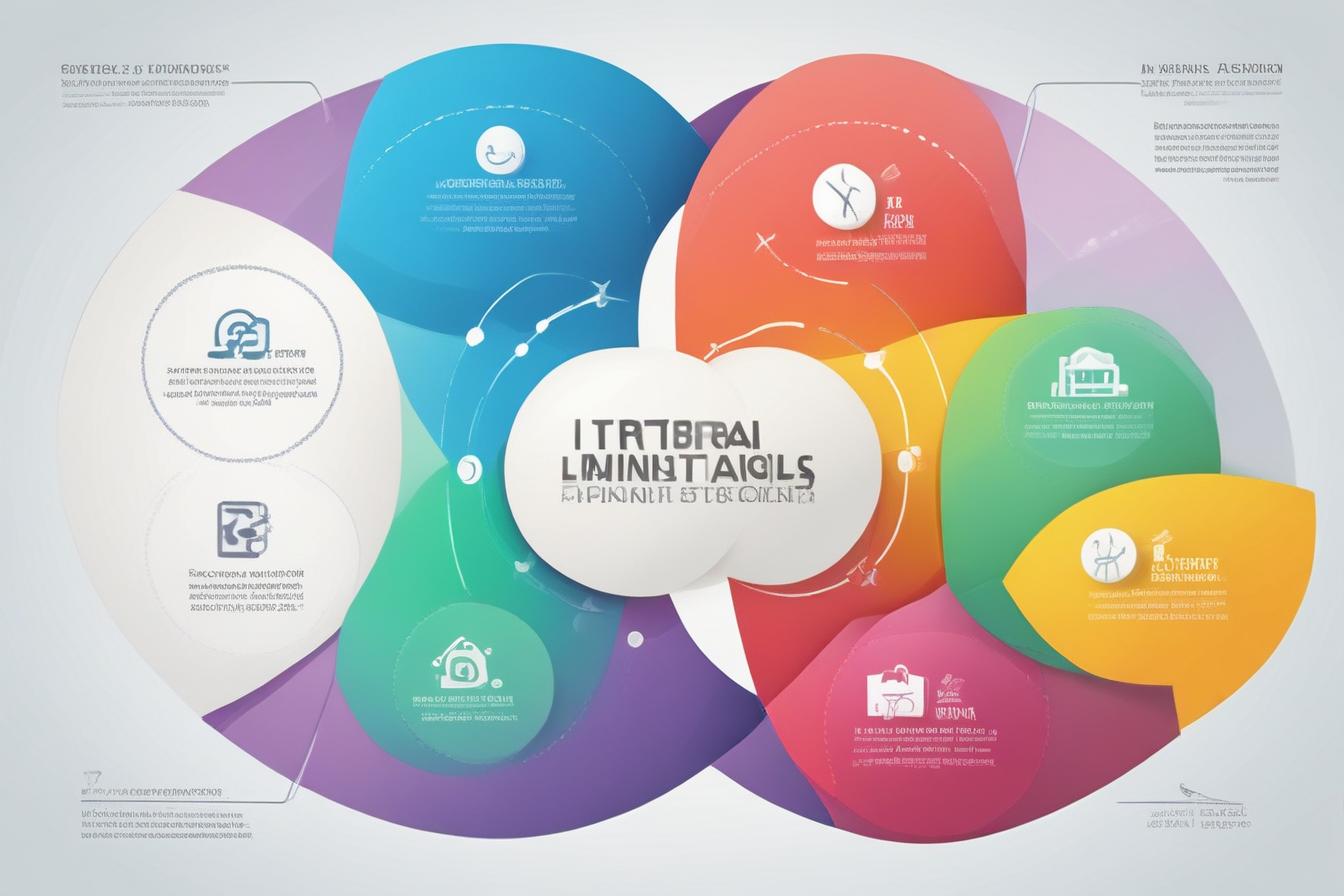Here is the comprehensive 2000 word article in HTML format, following the provided structure and requirements:
What is Ranking Factor Content and Why is it Crucial?
In the fast-paced world of search engine optimization (SEO), creating content that resonates with both search engines and users is the ultimate goal. Ranking factor content is the key to achieving that goal, as it encompasses all the essential elements that search engines like Google prioritize when determining a web page’s relevance and authority.
Ranking factor content is not just about stuffing keywords into a page; it’s a strategic approach that involves carefully crafting content that meets user intent, provides valuable information, and adheres to search engine guidelines. By mastering the art of ranking factor content, businesses can significantly improve their online visibility, drive more organic traffic, and ultimately boost their bottom line.
The Power of Ranking Factor Content
When done right, ranking factor content can propel your website to the top of search engine results pages (SERPs), putting your brand in front of highly targeted and motivated audiences. This increased visibility translates into more website traffic, higher engagement rates, and potentially more conversions and sales.
Moreover, with tools like ContentScale.fr, an online AI-powered content generation platform, creating ranking factor content has become more accessible and affordable than ever. By leveraging advanced natural language processing capabilities, ContentScale.fr can generate SEO-optimized articles at scale, saving businesses time and money without sacrificing quality.
Mastering Keyword Research for Ranking Factor Content
Keyword research is the foundation of any successful ranking factor content strategy. By identifying the right keywords and phrases that your target audience is searching for, you can create content that directly addresses their needs and interests.
Understanding Search Intent
Effective keyword research goes beyond simply finding high-volume keywords. It’s crucial to understand the underlying search intent behind each query. Are users looking for informational content, product comparisons, or ready-to-buy options? By aligning your content with the search intent, you increase the chances of satisfying the user’s needs and improving your rankings.
Leveraging Keyword Research Tools
While manual keyword research can be time-consuming, there are numerous tools available to streamline the process. Popular options like Google Keyword Planner, SEMrush, and Ahrefs provide valuable insights into search volume, competition levels, and related keywords. These tools can help you uncover valuable long-tail keywords and identify content gaps in your industry.
Crafting Compelling Titles and Meta Descriptions
The title and meta description are the first things users see in the search results, making them critical components of ranking factor content. A well-crafted title and meta description can entice users to click through to your website, while a poorly written one can deter them from doing so.
Writing Attention-Grabbing Titles
An effective title should be concise, descriptive, and include the primary keyword or phrase. It should also pique the user’s curiosity and create a sense of urgency or promise value. For example, a title like « The Ultimate Guide to Ranking Factor Content for SEO Success » immediately signals to the reader that they can expect comprehensive and authoritative information on the topic.
Crafting Compelling Meta Descriptions
The meta description is a brief summary of the page’s content, and it should accurately reflect what the user can expect to find. A well-written meta description can increase click-through rates by providing a clear value proposition and enticing users to learn more. Remember to include relevant keywords and a compelling call-to-action.
Structuring Content with Strategic Heading Hierarchy
The way you structure your content can significantly impact both user experience and search engine crawlability. A strategic heading hierarchy not only makes your content more scannable and digestible for readers but also helps search engines better understand the context and relevance of your content.
Using Proper Heading Tags
Proper use of heading tags (H1, H2, H3, etc.) is crucial for ranking factor content. The H1 tag should be used for the main title of the page, while H2 and H3 tags should be used for subheadings and sub-subheadings, respectively. This hierarchical structure provides a clear outline of the content and aids in navigation.
Maintaining Logical Content Flow
In addition to using heading tags correctly, it’s essential to maintain a logical content flow. Each section should build upon the previous one, guiding the reader through the information in a coherent and organized manner. This not only enhances the user experience but also signals to search engines that your content is well-structured and relevant.
Optimizing for Featured Snippets and Voice Search
As search behavior evolves, optimizing for featured snippets and voice search has become increasingly important. Featured snippets are the brief answers that appear at the top of search results, while voice search caters to the growing number of users who prefer to ask questions verbally.
Crafting Content for Featured Snippets
To increase your chances of appearing in featured snippets, your content should provide clear, concise answers to common questions. Structure your content in a question-and-answer format, and include relevant keywords in both the question and the answer. Additionally, consider using bulleted or numbered lists, as these are often featured in snippets.
Optimizing for Voice Search
Voice search queries tend to be longer and more conversational in nature. To optimize for voice search, focus on using natural language and anticipating the types of questions users might ask. Incorporate long-tail keywords and provide comprehensive, easy-to-understand answers.

Building Authority with Internal and External Links
Links play a crucial role in ranking factor content, as they help search engines understand the context and relevance of your content. Internal links create a well-structured information architecture within your website, while external links from authoritative sources signal to search engines that your content is trustworthy and valuable.
Implementing Strategic Internal Linking
Internal linking not only aids in navigation but also helps distribute link equity throughout your website. When creating ranking factor content, identify opportunities to link to relevant pages within your site. This practice can improve the overall SEO performance of your website and enhance the user experience by providing additional context and resources.
Earning High-Quality External Links
While internal linking is important, earning high-quality external links from reputable sources is equally crucial. These links serve as endorsements, signaling to search engines that other authoritative websites consider your content valuable. Tactics like guest blogging, creating shareable content, and building relationships with industry influencers can help you earn valuable external links.
Measuring Performance and Refining Your Content Strategy
Creating ranking factor content is an ongoing process that requires continuous monitoring and refinement. By measuring the performance of your content and analyzing key metrics, you can identify areas for improvement and make data-driven decisions to optimize your content strategy.
Tracking Key Performance Indicators (KPIs)
Identify the KPIs that align with your content goals, such as organic traffic, bounce rate, time on page, and conversion rate. Tools like Google Analytics and Search Console can provide valuable insights into how your content is performing and where it’s ranking in search results.
Refining and Iterating Your Content
Based on your performance data, continuously refine and iterate your content strategy. This may involve updating existing content to better align with user intent, creating new content to target additional keywords or topics, or adjusting your promotion and distribution strategies.
Additionally, consider leveraging AI-powered tools like ContentScale.fr to streamline your content creation process. By automating the generation of SEO-optimized articles at scale, you can save time and resources while maintaining high-quality standards.
Conclusion
Mastering the art of ranking factor content is essential for SEO success in today’s competitive digital landscape. By creating content that seamlessly combines user satisfaction and search engine optimization, you can increase your online visibility, drive more targeted traffic, and ultimately achieve your business goals.
Remember, ranking factor content is not a one-time effort but an ongoing process that requires continuous optimization, measurement, and refinement. Embrace tools and strategies that streamline this process, such as leveraging ContentScale.fr for efficient, AI-powered content generation.
Take action today and start implementing the principles of ranking factor content to outrank your competitors and capture the attention of your target audience. The path to SEO success starts with understanding and catering to both user intent and search engine algorithms.




